Aquagenic urticaria is an extremely rare condition. There are fewer than 100 cases reported. Aquagenic urticaria is when you break out into hives when your skin becomes in contact with water. This can be rain, snow, sweat, tears, or even water from taking a shower. The cause of this condition is unknown. The hives happen because when water enters through the skin of the body, the body starts an immune response. It could be something that was in the water instead of it being water itself, though what it is is unknown since this is so rare. Women seem to be more prone to getting aquagenic urticaria, and it usually starts to present itself during or after puberty.Â
Symptoms come on about twenty to thirty minutes after water exposure. Hives are the main symptom. The hives usually appear on the neck, arms, and chest. The hives are an itchy, painful rash. Other symptoms can be reddening of the skin, burning sensation, lesion, welts, or inflammation. In severe cases you could also experience rash around the mouth, difficulty swallowing, wheezing, or difficulty breathing. Drying the body off of all water usually will allow all the symptoms to fade within thirty to sixty minutes of the skin being dry. Â
Diagnosing usually starts after the first sign of symptoms. Your doctor will run a water exposure test on you to diagnose. The water exposure test consists of your doctor taking a water compress of warm water and applying it to the upper body directing to the skin. After applying it and waiting for at least thirty minutes your doctor will be able to see what kind of reaction you have to the water exposure test. Your doctor will compare the symptoms between aquagenic urticaria and aquagenic pruritus. Aquagenic pruritus is an allergic reaction to water as well including itching and irritation to the skin but without the hives. Â
Treatment for aquagenic urticaria can be tricky. Since all exposure to water is very hard. Treatment will mainly consist to prevent or minimize symptoms when you do become in contact with water. In some cases taking a daily antihistamine can help. Topical creams to allow a barrier between the skin and water can help. These will sometimes be used before you bathe. Phototherapy can also be used as a treatment. Since this condition is so rare, treatments are still being tested and developed. In severe cases when difficulty breathing is present, Epi pens can be prescribed. Â
If you are diagnosed with aquagenic urticaria there will be some daily things you will want to do to make your flare ups less often. You will want to avoid water when you can, this can mean taking short and infrequent showers. Wearing moisture wicking clothing can be helpful. Make sure you are mindful of the weather. Rain, snow or too hot of temperatures can all lead to exposure to water or sweat. In some cases it can be helpful to restrict high water content foods. Some activities such as swimming will need to be avoided. Even some luxury activities like pedicures or foot spas will need to be avoided as well. Â
Aquagenic urticaria is so rare there isn’t much research on what causes this condition and what the best way to treat it is. Living with aquagenic urticaria can be life changing. Thankfully there are some ways to help manage the symptoms. This condition isn’t life threatening unless you have a major allergic reaction. In these cases you will be asked to carry around an Epi pen in case of extreme flare ups. Eliminating all exposure to water is very hard, but managing the amount can be done with the right steps. Â
Living a life avoiding all exposure to water would be worse than dealing with Coronavirus Quarantine! Aquagenic Urticaria a real and difficult condition. #HealthStatus
Aquagenic urticaria is when you break out into hives when your skin comes in contact with water.
Sources:
https://rarediseases.info.nih.gov/diseases/10901/aquagenic-urticaria
https://www.healthline.com/health/aquagenic-urticaria#prevention
https://www.ncbi.nlm.nih.gov/pmc/articles/PMC5136360/
https://dermnetnz.org/topics/aquagenic-urticaria/


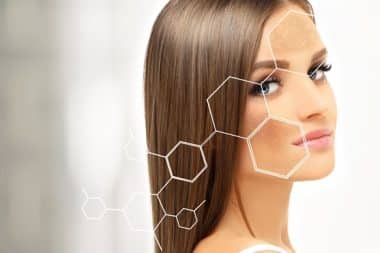
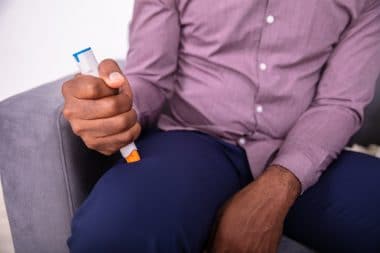

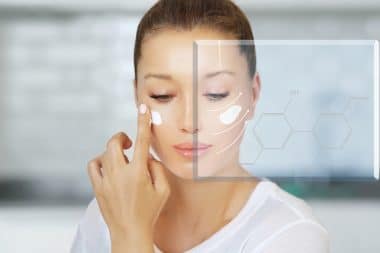
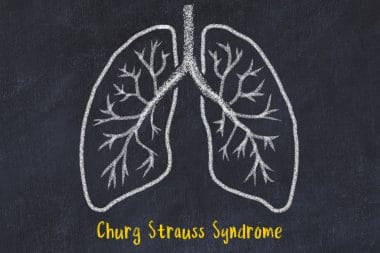
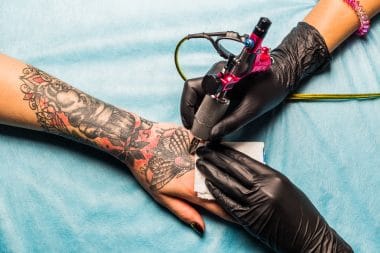
Reply